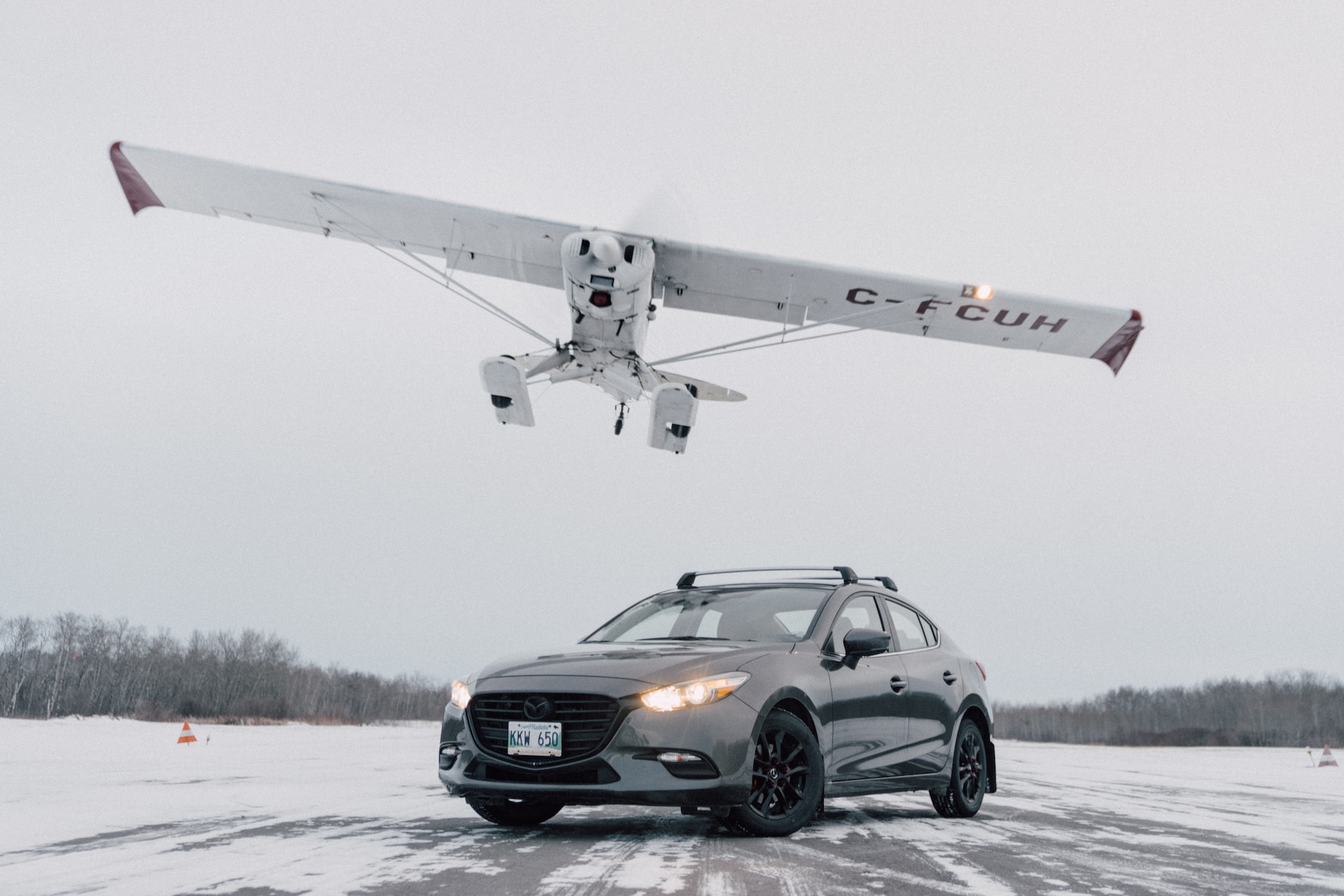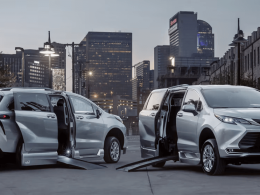Introduction: The Evolution of Transportation
Imagine a world where cars take to the skies, bypassing congested roads and soaring above the traffic. This futuristic concept of flying cars has captured the imagination of people for decades, often depicted in science fiction movies and books. While it may seem like a far-fetched idea, recent advancements in technology and a growing interest in innovative transportation solutions have brought us closer to the reality of flying cars on the highway. In this article, we will delve into the possibilities, challenges, and potential impact of flying cars on our everyday lives.
1. The Concept of Flying Cars
Flying cars, also known as aerial vehicles or personal air vehicles (PAVs), are vehicles that can travel both on the ground and in the air. These vehicles are designed to provide a seamless transition between road and air travel, offering convenience and efficiency in transportation.
2. Advancements in Technology
The development of flying cars is heavily reliant on technological advancements. Here are some key technologies that are shaping the future of aerial transportation:
a. Electric Propulsion
Electric propulsion systems have revolutionized the automotive industry, and they are now being applied to flying cars as well. Electric motors provide clean and efficient power, reducing emissions and noise pollution. Advances in battery technology have also extended the flight range of electric flying cars.
b. Autonomous Systems
Autonomous driving technology is progressing rapidly, and it plays a crucial role in the development of flying cars. Sophisticated algorithms and sensors enable autonomous navigation and collision avoidance, ensuring safe and efficient flight operations.
c. Vertical Takeoff and Landing (VTOL) Capability
VTOL capability allows flying cars to take off and land vertically, eliminating the need for traditional runways. This feature enables flying cars to operate in urban areas, where space is limited.
3. Potential Benefits of Flying Cars
The introduction of flying cars on the highway could have several significant benefits:
a. Alleviating Traffic Congestion
With the ability to travel in three dimensions, flying cars can bypass congested roads and highways, reducing traffic congestion and travel times.
b. Enhanced Mobility and Accessibility
Flying cars can provide enhanced mobility options, especially in areas with limited infrastructure or geographical challenges. They can open up new possibilities for transportation, offering improved accessibility and connectivity.
c. Emergency Response and Medical Services
Flying cars can facilitate quick response times in emergency situations, enabling faster transportation of medical personnel and critical supplies to remote or inaccessible areas.
4. Challenges and Considerations
While the concept of flying cars presents exciting possibilities, there are various challenges that need to be addressed:
a. Infrastructure and Air Traffic Management
The integration of flying cars into existing air traffic systems requires significant infrastructure development and efficient air traffic management. Dedicated landing and takeoff zones, air traffic control systems, and regulations must be established to ensure safe operations.
b. Safety and Certification
Ensuring the safety of flying cars is paramount. Robust certification processes and stringent safety standards need to be in place to mitigate risks associated with aerial travel.
c. Public Acceptance and Regulations
The widespread adoption of flying cars hinges on public acceptance and regulatory frameworks. Addressing concerns related to noise pollution, privacy, airspace regulations, and community acceptance will be essential for the successful integration of flying cars into society.
Conclusion: Paving the Way for a New Era of Transportation
Flying cars on the highway may no longer be just a figment of our imagination. Advancements in technology and a growing interest in innovative transportation solutions are propelling us toward a future where aerial vehicles become a reality. While there are challenges to overcome, the potential benefits of flying cars, such as alleviating traffic congestion, enhancing mobility, and improving emergency response, are compelling. As we continue to push the boundaries of transportation, the dream of flying cars on the highway may soon become a remarkable feature of our everyday lives.











